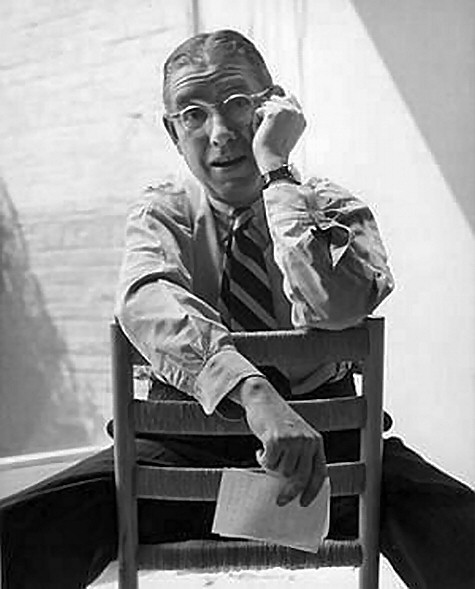


The solitary poet writes in response to a pantheon of contemporaries and forebears. And much as jazz works through multiple "takes"-reinterpretations of the same form with endless variation-so too does the collaborative two-line poem reside in the improvisational and multifarious interpretations of a simple mode of exchange by two poets.įurther, collaborative writing makes tangible what all poets know: that they constantly engage and challenge other poets, living and dead, through writing. Bill Evans says something similar in the liner notes to Kind of Blue: that there can be no revision, no retracing, no rethinking in improvisational jazz. In other words, haiku is cyclical rather than linear in its concept of time.

By emphasizing the transience of the form, Basho gestured at a different type of poetic immortality, one that rests on the power of continual generation (and discarding) rather than monolithic inertia. At the end of the week, they should keep one of the seven at the end of the month, one of the four, and so forth-winnowing down a wide field of spontaneous efforts, sifting through chaff that outnumbers the perfect grain by thousands to one. True, most of those poems will be less than memorable, but the one or two gems will have arrived at lightning speed.īasho argued that haiku practitioners should write many haiku in a day but keep only one. By lowering the stakes for any one poem, however, two-line collaborations also make it possible for a pair of poets to turn out thirty short poems in about five minutes. One sees just as quickly that words can be turned against the author, and that a beginning is only as good as the ending it engenders. Scribbling socially on napkins or paper scraps while waiting for food or hovering over coffee, one soon learns that opening lines are a dime a dozen. Revision proves difficult and, more importantly, counterintuitive in a form that by its nature highlights improvisation. Two-line poems must be, it seems, written quickly, with the majority of the new poems soon discarded. should not spawn an industry of imitations, it should at least encourage private dabbling in its methods and perhaps expansion on them.Ĭollaborative writing, especially with the alacrity of the two-line form, lubricates the creative process. But collaborative writing does hold potential for the poets who practice it, and while Nice Hat.
Ogden nash quip torrent#
Given, the authors of this essay would hardly recommend two-line poems as the next "school" or trend, and would first shudder then yawn to imagine a torrent of two-line chapbooks. And something about the method of two-line poems might lend itself to shallow buffoonery-but only, as Richard Hugo might have put it, if one is a shallow poet. Obviously, poetry offers more than subverted expectations and odd juxtapositions. Here, then, are a few sterling examples of their exchanges: In this way, two-line poems offer a rare look at poetry's inner mechanics. Here one sees the machinery of poetry-the subversion of expectation, the uncanny association, the yoking of contraries, the detailed attention to language-but in isolation and in close-up, like catalog photos of engine parts. The most potent (and often the only) poetic device of the two-line poem is the turn or enjambment from the first line to the second, which is also presumably the point where the baton is passed from one poet to the other. Nowhere is Beckman and Rohrer's push-pull method more visible than in the section of the book devoted to two-line poems, for this is where the poets work at the equivalent of the atomic level. As one reads these poems, one simultaneously follows the line of their reasoning and second-guesses the poet who found himself following a line such as "Walk downstairs singing" with "and stay there."

In each poem, the two collaborators trade lines or words, directing and redirecting the poem's logic, pushing and pulling on the pliable material of the sentence, conjuring unexpected turns out of remarkable freshness. (Verse Press, 2002)-suggests that collaborative poetry may be an entirely different game: at times pistols at twenty paces at other times an absurd ballet between a neurasthenic monk and an irreverent orangutan.
Ogden nash quip free#
If writing free verse is like playing tennis without a net, is writing in collaboration like playing doubles, or simply like having an opponent who can return your best serve? The recent work of Joshua Beckman and Matthew Rohrer-in particular, their book Nice Hat. Ouija, Canoe, Haiku: A Collaborative Inquiry into Collaborative Poetry


 0 kommentar(er)
0 kommentar(er)
